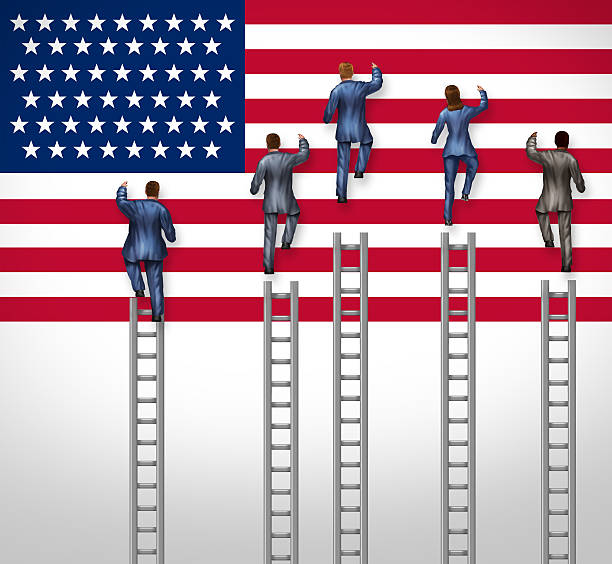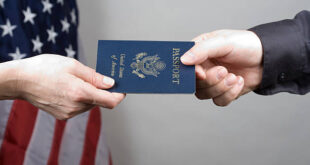
The May 1st holiday originated in Chicago, USA, in the late 19th century. The city was one of the industrial hubs in the 1880s, and workers began mobilizing in protest to secure an 8-hour workday.
Current Labor Realities in the United States
The current reality in the United States shows ample reasons for labor mobilization. The American nation has legislation that lags behind the developed world in wage policies, worker protection, and union rights. Last year, the non-profit organization Oxfam America highlighted this in a report titled «Where Hard Work Doesn’t Pay Off».
Low Rankings in Labor Policies
Consistently, the US ranks near the bottom of these lists: 36th in wage policies, 38th in worker protection, and 32nd in union rights, reflecting how the country views labor rights and protections as privileges for those in ‘good’ jobs.
Inequitable Distribution of Wealth and Lack of Protections
In summary, the world’s wealthiest country lags in ensuring wages, protections, and rights for millions of workers. The lobbying power of large corporations in the United States, dominated for decades by neoliberalism, has shaped labor legislation that leaves workers unprotected, denies them basic rights such as sick leave, and hinders fundamental rights like unionization.
Weak Social Safety Net
Therefore, the social safety net offered to the population, particularly workers, lacks strength compared to other high-income nations. Despite boasting a powerful economy, the US does little to distribute income equitably among workers and does even less to guarantee their safety and protection in the workplace. Even reports of child labor have increased in recent times, affecting iconic companies like McDonald’s.
Political Decisions and Historic Discrimination
Kaitlyn Henderson, a researcher at Oxfam America’s US National Policy Program and lead author of the accompanying report to the index, believes this situation is a result of political decisions, not an inevitable fate, and that the current labor laws in the country clearly reflect echoes of historic racial and gender discrimination.
Impact on Vulnerable Groups
Henderson acknowledges that the US denies its workforce the fundamental right to paid leave, which exacerbates extreme inequality and disproportionately affects people of color, women, immigrants, and refugees.
Lack of Support in Care Sector and Healthcare
In the care sector (generally for dependent individuals), the country ranks last as it does not offer a single mandatory paid sick day or paid parental leave for workers. Furthermore, healthcare in the US is not a universal basic right but rather linked to employment, and even then, it often proves to be prohibitively expensive. Despite efforts like the Affordable Care Act, shortcomings persist, particularly in states where its implementation has been limited.

«The Current Challenges of the Labor Union Movement in the United States»
The state of unionization in the United States remains challenging. Although the labor movement experienced significant growth after World War II, reaching nearly 40% membership, it began to decline from 1970 onwards, coinciding with the 1973 oil crisis during Richard Nixon’s presidency. By 2022, it had plummeted to a historic low of 10%, with only 12% of the workforce covered by collective bargaining agreements. This decline is primarily due to the ongoing opposition from private corporations to union protections.
Currently, the prospects for workers to organize and demand better working conditions are extremely precarious. The United States ranks sixth among OECD countries with the most unfavorable labor legislation. Major companies such as FedEx, Amazon, Nestlé, Tesla, and Bed Bath & For years, companies like Beyond have been investing significant sums in hiring specialized consultants to hinder worker self-organization.. These companies take a particularly aggressive approach against attempts by their employees to organize.
This situation reflects an increasingly hostile work environment for both unions and workers seeking to improve their conditions. The lack of strong legal protection for union rights leaves workers vulnerable to intimidation tactics and retaliation from employers. Furthermore, the economic and political pressure exerted by large companies further limits the ability of workers to organize and negotiate on equal footing.
In summary, unionization in the United States faces numerous obstacles that hinder its growth and effectiveness. The resistance of corporations, backed by weak labor laws, creates a challenging environment for workers seeking to exercise their rights and improve their working conditions. Unless policymakers enact significant changes to labor policies and address the disproportionate influence of large companies, unionization is likely to continue encountering difficulties in the near future.
 Employeer and business Information about Employeers, plataforms and works
Employeer and business Information about Employeers, plataforms and works 



